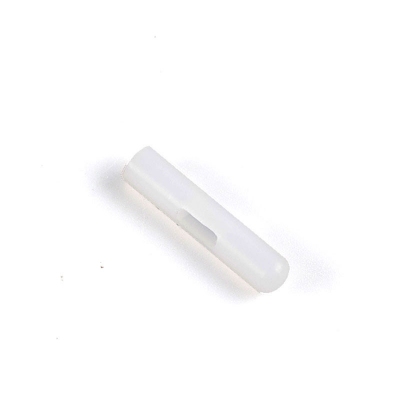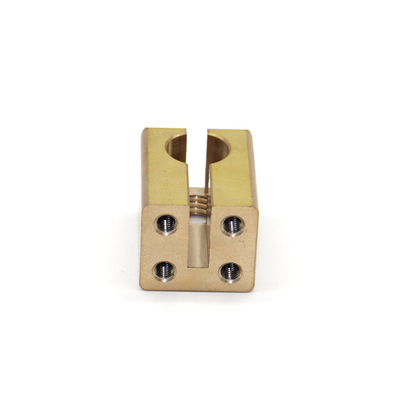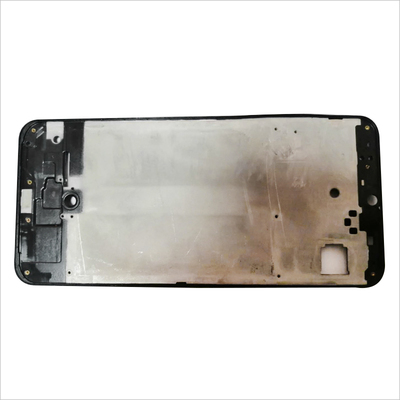3D printed hemispherical metamaterials have unique microwave or optical properties
On April 9th, a team of engineers from Tufts University has developed a series of 3D printing materials with unique microwave or optical properties. They took inspiration from the compound eyes of moths and produced a hemispherical device that can be selected Absorb electromagnetic signals from any direction at a given wavelength. This research was published in the journal "Microsystems and Nanoengineering" published by Springer Nature.

Metamaterials are artificially designed materials proposed by Victor Viselego in 1968, which can be used to display unique electromagnetic properties, which are difficult to find in nature. Metamaterials use geometric features arranged in repetitive patterns on a scale smaller than the wavelength of the energy being detected or affected, expanding the capabilities of traditional materials in devices. The new development of 3D printing technology makes it possible to create more metamaterial shapes and patterns, and on a smaller scale.
Researchers at Tufts Nanolab have proposed a hybrid manufacturing method that uses 3D printing, metal coating and etching techniques to produce metamaterials with complex geometric structures and new functional wavelengths in the microwave range. For example, they created a series of tiny mushroom-like structures, each with a small metal resonator on top of a stem. This special arrangement allows microwaves of specific frequencies to be absorbed, depending on the selected geometry of the "mushroom" and its spacing. The use of such metamaterials may be valuable in applications such as sensors in medical diagnostics, antennas in telecommunications, or detectors in imaging applications.
Other devices developed by the researchers include parabolic mirrors, which can selectively absorb and transmit specific frequencies. This concept can simplify optical devices by combining reflection and filtering functions into a single unit. "Sameer Sonkusale, professor of electrical and computer engineering in the School of Engineering at Tufts University, said that the ability to use metamaterials to consolidate functions can be very useful. He is the head of the Tufts University Nano Lab and the corresponding author of the study. It is possible We can use these materials to reduce the size of spectrometers and other optical measurement equipment so that they can be designed for portable field research."
Another contribution is the ability to integrate multiple electromagnetic functions into a metamaterial embedded in geometric optics or MEGO devices. Other shapes, sizes, and directions of 3D printing can be imagined as creating megos that absorb, enhance, reflect, or flexural waves. The way is difficult to achieve with traditional production methods. Researchers are currently using light-curing 3D printing technology to make light-curing resins polymerize to print the desired shape. Other 3D printing technologies, such as two-photon polymerization, can provide a printing resolution of 200 nanometers, which makes it possible to produce finer metamaterials. Detect and process electromagnetic signals of smaller wavelengths, possibly including visible light.
Aydin Sadeqi, a graduate student in Sankusale's Labora at Tufts University School of Engineering and the lead author of the study, said: "We have not yet realized the full potential of Megas 3D printing." We can use existing technology to do more things. With the inevitable development of 3D printing, we have huge potential. "
Link to this article: 3D printed hemispherical metamaterials have unique microwave or optical properties
Reprint Statement: If there are no special instructions, all articles on this site are original. Please indicate the source for reprinting:https://www.cncmachiningptj.com
 PTJ® provides a full range of Custom manufacturer of precision fabricated parts made from aluminum parts, brass parts, bronze, copper parts, high yield alloy, low carbon steel investment casting, high carbon steel and stainless steel alloy. Capable of handling parts up to +/-0.0002 in. tolerance. Processes include cnc turning, cnc milling, laser cutting,.ISO 9001:2015 &AS-9100 certified.
PTJ® provides a full range of Custom manufacturer of precision fabricated parts made from aluminum parts, brass parts, bronze, copper parts, high yield alloy, low carbon steel investment casting, high carbon steel and stainless steel alloy. Capable of handling parts up to +/-0.0002 in. tolerance. Processes include cnc turning, cnc milling, laser cutting,.ISO 9001:2015 &AS-9100 certified.
Tell us a little about your project’s budget and expected delivery time. We will strategize with you to provide the most cost-effective services to help you reach your target,You are welcome to contact us directly ( sales@pintejin.com ) .

- 5 Axis Machining
- Cnc Milling
- Cnc Turning
- Machining Industries
- Machining Process
- Surface Treatment
- Metal Machining
- Plastic Machining
- Powder Metallurgy Mold
- Die Casting
- Parts Gallery
- Auto Metal Parts
- Machinery Parts
- LED Heatsink
- Building Parts
- Mobile Parts
- Medical Parts
- Electronic Parts
- Tailored Machining
- Bicycle Parts
- Aluminum Machining
- Titanium Machining
- Stainless Steel Machining
- Copper Machining
- Brass Machining
- Super Alloy Machining
- Peek Machining
- UHMW Machining
- Unilate Machining
- PA6 Machining
- PPS Machining
- Teflon Machining
- Inconel Machining
- Tool Steel Machining
- More Material





